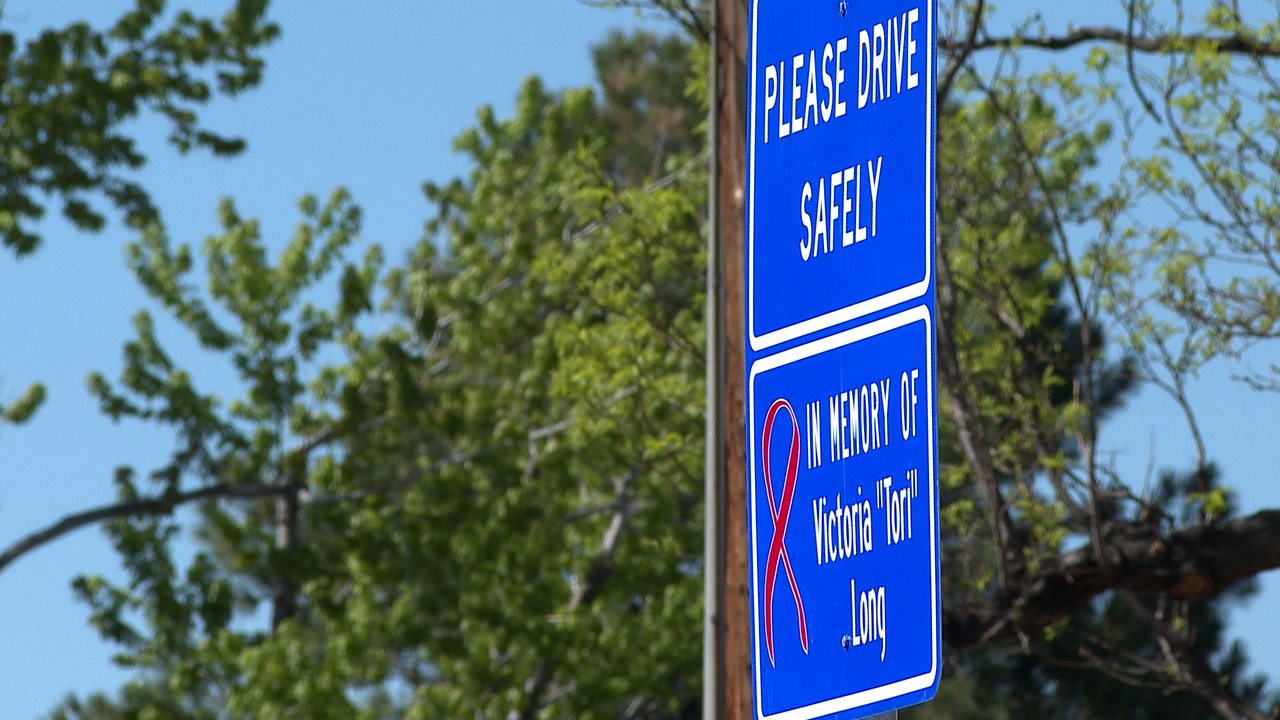FAIRPLAY, Colo. — Water from a toxic mine is now being turned into potable water.
The city of Aurora has spent $34 million to purchase water rights to about 1,400 acre-feet of water a year from the London Mine west of Fairplay.
To learn how the water is being extracted and made safe to drink, one must follow the water to its source: a huge underground aquifer near the base of London Mountain.
“It’s trapped by a 20-mile-long fault line that’s thousands of feet tall,” explained Joe Harrington with MineWater, the mastermind behind the process.
The London Mine was abandoned in the 1980s. It sits next to the aquifer and until just recently was the largest permitted source of pollution in all of Colorado.
“There was uncontrolled water running across the ground to the creek. It was orange colored. It was bad looking stuff,” said Harrington.
From the late 1800s through the mid-1900s, the mine was one of the three largest gold producers in Colorado, employing upwards of 6,000 men.
“It was bustling. The mine is 130 miles of tunnels and it’s stacked in 17 levels, almost 4,000 feet tall,” Harrington said.
However, over time, the infrastructure inside the mine began to wear, and by the time the mine closed for good in the 1980s, it had begun to collapse. Toxic water was flowing from its shafts.
“There was more than 40 pounds a day of zinc leaving the site. There were multi-million dollar fines levied against the site when we bought it,” said Harrington. “We had water and sludge all the way up to the roof.”
But fast forward 30 years and one will witness a transformation taking place.
The water is now is clear and clean, and thousands of people are drinking it.
“It’s totally thinking outside the box. This is really a diverse piece of our portfolio. It’s a really different piece,” said Alexandra Davis, deputy director of Aurora Water.
Currently, the water from the mine is a small part of the city’s water portfolio, accounting for about two percent of the city’s water supply.
“Aurora, by acquiring the water rights, did not acquire any of the liability associated with the water,” said Davis.
Harrington and his investors assume the liability for the mine, and it’s that component that has other cities taking note.
“As the water shortages intensify, you have to look at everything,” said Harrington.
How is Harrington doing it? The concept is really quite simple. He’s drilling wells several hundred feet into the mountain to drop the water table below the mine’s tunnels.
Most of the water no longer flows through its contaminated tunnels. Instead, it’s diverted under and around the mine, and the water that does flow through the mine is now manageable and much cheaper to treat.
“You don’t solve pollution by diluting it. You solve pollution by going to the source and fixing it,” said Harrington.
Most of the tunnels are also now dry, unlocking new potential for mining.
“I’ve got to say when I first heard Joe’s thing I was like, ‘No way. We’ve bought water everywhere. There’s no way this could work’,” said Karl Nyquist, with C&A Companies, which fronted the $30 million to make Harrington’s high-risk dream a reality.
“This has been a laboratory project on a lot of fronts. I think we can de-risk it by proving it can be done once or twice,” Nyquist said.
Not only is Harrington creating new potentials for water and mining, he’s also making the mine safer by relieving the water pressure, hopefully preventing a blowout like the one we saw at the Gold King Mine in 2015.
“Every year there is three or four stories of another mine blowout, orange sludge running down the creek,” said Harrington.
It’s a win for Joe Harrington and his investors, and a win for municipalities: water worth more than gold.
“There’s a lot of water in those mines worth billions of dollars to the state if it can be managed appropriately,” said Harrington.
